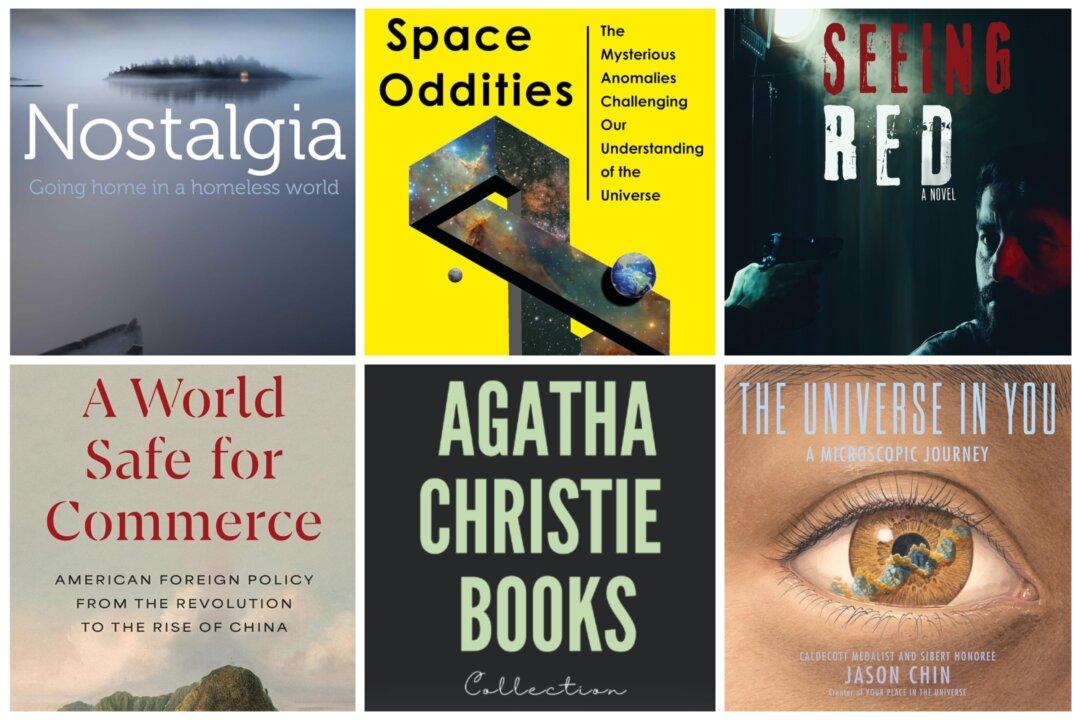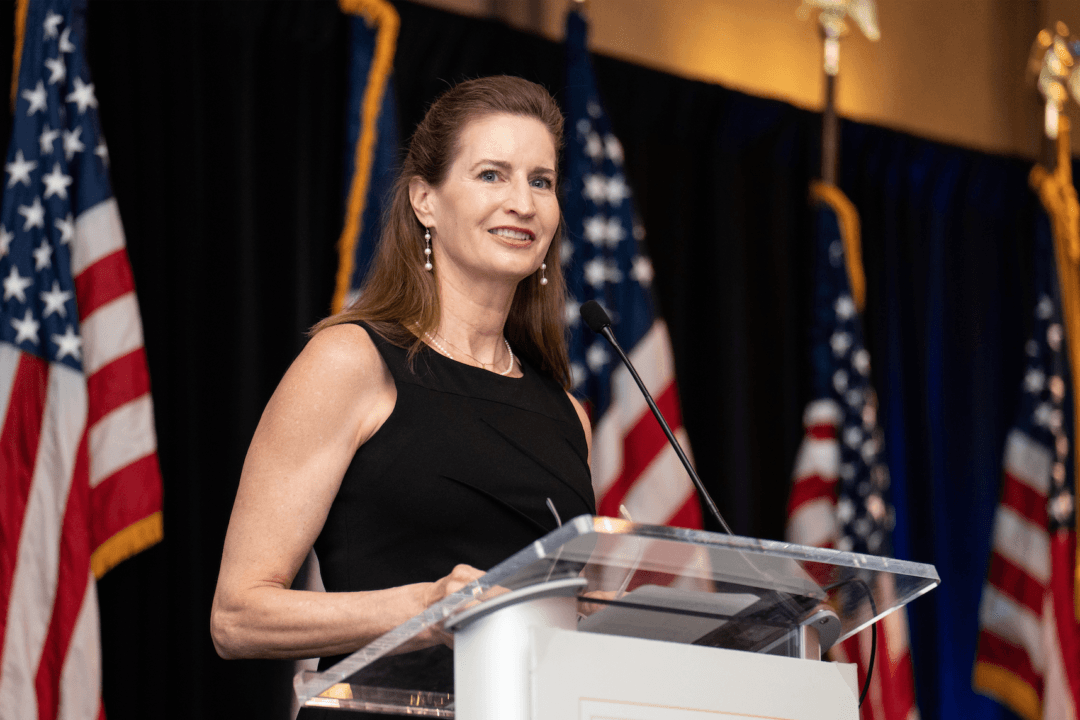“The State of our Union,” Brad Wilcox said in an interview with The Epoch Times, “depends in no small measure on the state of our unions. And as you know, the state of our unions in America today is comparatively fragile, which helps to explain why the State of the Union is comparatively fragile.”
The Bad News
Mr. Wilcox is familiar with today’s commonly accepted prejudices about marriage, that it comes with “unpleasant side effects,” such as boredom, lost job opportunities, and the restrictions of parenthood. He also knows that these ideas have consequences. “Too many young men and women are closing their hearts to marriage and family life,” Mr. Wilcox writes, “or are unable to find a partner with whom to forge a family in the first place.”In addition to these preconceived notions are what he terms myths about wedlock: that it is of no benefit to men and women today, that love and money, not a family, make for a successful union, that marriage is first and foremost an ongoing romance with a soulmate, and that “kids make life and marriage miserable.” These misconceptions pervade our culture.
“I think young adults are still looking for marriage,” he said during the interview, “but are more likely to think it should be postponed until their late 20s or early 30s. And they’re less confident that they’re going to find someone who fits the expectations they have for a good spouse.” This decrease in the number of marriages has also fueled a decline in fertility, so that the United States is now seeing the lowest birth rate in its history.
The Good News

A number of benefits accrue to those who make their marriages work. Contrary to popular opinion, for example, men and women who create lifelong unions generally possess more wealth than those who remain single. In their senior years, they also have the comforts of children and grandchildren. In survey after survey, married couples also claim that their lives are more meaningful.
Marital Guidance
To help achieve success and joy in marriage, Mr. Wilcox offers a list of basic guidelines: “Commitment to a lifelong marriage, a till death do us part relationship. Prioritizing the good of your spouse, just trying to make sure that what you’re doing is advancing her welfare. Steering clear of alternatives, like intense relationships with other people who could compete romantically with your spouse. Not going down the rabbit holes on the Internet.”Mr. Wilcox expands on this idea while refuting the popular concept of the “me-first, exchange-based approach” often recommended and followed in relationships. His counter-recommendation for marriage is a team approach, putting the needs of a spouse and children ahead of one’s own. Even seemingly simple arrangements can make a difference in practicing “we before me.” In one Indiana University study he cites, for instance, newly married couples put their money and earnings into either a joint account or separate accounts. After two years, the joint account couples showed a much greater “relationship quality.”
This team approach includes expectations from both husbands and wives. When, for example, Mr. Wilcox asked wives of different backgrounds and interests what they admired in their husbands and what had first attracted them to these men, the most typical descriptions were “ambitious,” “good provider,” “strong,” “protective,” and “safe.”
Turning It Around
Mr. Wilcox lays a good deal of the blame for the decline in marriage rates on the elites, politicians of both parties, celebrities, journalists, and others. He is especially critical of our political class, writing: “Policymakers in recent years have rarely pursued or prioritized family-first policies aimed directly at strengthening and stabilizing marriage and family life. ... Too often, the family has been orphaned by the political class.”While he recommends certain remedies through the government and spending, Mr. Wilcox also advocates for programs that educate and encourage young people regarding the blessings of marriage. Teaching and projecting a positive view of marriage in schools would be one way forward. In conversation, he also stresses that “getting producers of movies, TV, and film, and social media influencers to project not a rose-colored view of marriage but just an honest one” would be another significant boost for matrimony.
“And if we could get those institutions to do a better job of telling the truth, then I think we could see people gaining more competence about the value of marriage and also acquiring the kinds of virtues that lead to a good marriage as well,” he said.
Mr. Wilcox writes that we must “encourage young men and women—along with middle-aged husbands and wives navigating the challenges and occasional doldrums of marriage and family life—to reject the me-first ethos of our culture and open their hearts to a we-first approach to love and marriage built around the distinctive values and virtues embodied by the masters of marriage.”








